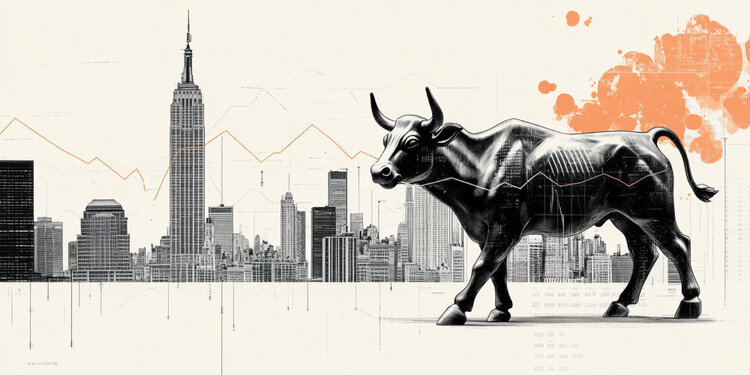- The EUR/GBP gains ground to around 0.8435 in the first bars of the European session on Wednesday.
- The IPC inflation of the United Kingdom rose to 3.5% year -on -year in April, hotter than expected.
- Knot of the ECB said that another rate cut in June cannot be ruled out.
The EUR/GBP crossing cuts recent profits about 0.8435 during the early European session on Wednesday. The sterling pound (GBP) advances slightly in front of the euro (EUR) after the publication of the inflation data of the United Kingdom Consumer Price Index (CPI) for April. Later on Wednesday, those responsible for policies of the European Central Bank (ECB) are expected to speak, including Luis de Guindos, Phillip Lane and José Luis Escrivá.
The data published by the United Kingdom National Statistics Office on Wednesday showed that the country’s general CPI rose 3.5% year -on -year in April, compared to a 2.6% increase in March. This reading was higher than the 3.3% expected. The underlying IPC, which excludes volatile food and energy prices, jumped 3.8% year -on -year in April compared to the previous 3.4%, above the 3.6% market consensus.
Meanwhile, the monthly inflation of the United Kingdom IPC rose to 1.2% in April from 0.3% in March. The markets estimated a 1.1%reading. The sterling pound attracts some buyers in an immediate reaction to the inflation data of the United Kingdom IPCs warmer than expected.
Operators increase their bets that the ECB will cut their interest rates even more due to growing concerns about eurozone growth. The Governing Council member of the ECB, Klaas Knot, said that another rate cut is possible next month, although it emphasized that it is premature to make decisions without seeing new quarterly projections.
The markets have discounted almost 90% possibility of a cutting of the ECB on June 5, but they have only discounted an additional reduction during the rest of the year, according to Reuters. This, in turn, could weigh on the euro in front of the GBP in the short term.
FAQS inflation
Inflation measures the rise in prices of a representative basket of goods and services. General inflation is often expressed as an intermennsual and interannual percentage variation. The underlying inflation excludes more volatile elements, such as food and fuel, which can fluctuate due to geopolitical and seasonal factors. The underlying inflation is the figure on which economists focus and is the objective level of central banks, which have the mandate of maintaining inflation at a manageable level, usually around 2%.
The consumer price index (CPI) measures the variation in the prices of a basket of goods and services over a period of time. It is usually expressed as an intermennsual and interannual variation. The underlying IPC is the objective of the central banks, since it excludes the volatility of food and fuels. When the underlying IPC exceeds 2%, interest rates usually rise, and vice versa when it falls below 2%. Since higher interest rates are positive for a currency, higher inflation usually translates into a stronger currency. The opposite occurs when inflation falls.
Although it may seem contrary to intuition, high inflation in a country highlights the value of its currency and vice versa in the case of lower inflation. This is because the Central Bank will normally raise interest rates to combat the greatest inflation, which attracts more world capital tickets of investors looking for a lucrative place to park their money.
Formerly, gold was the asset that investors resorted to high inflation because it preserved their value, and although investors often continue to buy gold due to their refuge properties in times of extreme agitation in the markets, this is not the case most of the time. This is because when inflation is high, central banks upload interest rates to combat it. Higher interest rates are negative for gold because they increase the opportunity cost to keep gold in front of an asset that earns interest or place money in a cash deposit account. On the contrary, lower inflation tends to be positive for gold, since it reduces interest rates, making bright metal a more viable investment alternative.
Source: Fx Street
I am Joshua Winder, a senior-level journalist and editor at World Stock Market. I specialize in covering news related to the stock market and economic trends. With more than 8 years of experience in this field, I have become an expert in financial reporting.







